It’s the silent killer of boats; a white man’s magic that few boat owners fully understand. We recently spoke to a bloke that does understand, Michael Fitzallen from Nautek, who sees up to 10 boats a week that have major electrical problems. As a former aeronautical engineer for the Royal Australian Navy, working with high voltage hardware in harsh, salt-laden environments, Michael knows a floating timebomb when he sees one. He reckons there are seven main ways in which your electronics fit-up might be killing your boat.
1. Your boat is not ‘electrically connected’
A great misconception held by boat owners is that everything electrical should be isolated with rubber and other buffers like Sikaflex. Not true. Generally speaking, everything on your boat needs to be electrically bonded, bringing the electrical potential for all items down to the same level. Bonding straps made from tinned copper or copper straps are common ways to achieve this. These bonds will form a ‘grounding circuit’, connecting all the boat fittings and appliances.
FACTOID: Michael estimates 95% of trailer boats don’t have a grounding plan, exposing them to electrolysis and other safety hazards when in the salt water.
2. No anodes, or too many anodes
Anodes have long been the catch all for electrolysis problems. But studies have shown that excessive zinc anodes can encourage electrolysis, as it sits far apart from alloys and other metals on the periodic table. Nowadays, anodes are made from a range of alloys. Michael comes across several boats a year with no or insufficient anodes, meaning somewhere on the owner’s boat, a part is slowly corroding away.
FACTOID: Too many anodes can create electricity. Use anodes that are just big enough to do the job required.
3. Incorrect wiring size and length
Michael has identified three common wiring mistakes made by the DIY boat electrician: using wire that is not tinned, using wiring that is too small and unsecured wires or poor looming. The best wiring for boats is tin-lined to prevent corrosion. Corrosion creates resistance and resistance creates heat. Heat, of course, can create circuit resistance or fire. Thin wire can also cause heat, leading to resistant or corrosion – caused from carrying too much current. Michael’s rule of thumb is that every independent circuit needs a wire adequately sized for its own requirements. For the technically minded, these are set out in the Australian Standards, AS3000. Wiring length can also cause problems. Long wires can cause voltage drop, while short wires can pull on terminals creating a bad connection (in turn creating resistance and heat) or potentially break off. Likewise, too much wiring – especially when coiled together – can create a heater, technically known as electromagnetic induction. Your multi-metre won’t pick up this hazard, because it’s designed to measure volts, not heat. So uncoil those wires.
FACTOID: Michael once pulled 2.2kms of incorrectly sized and unused wiring out of an American powerboat. Yikes!
4. Non-marinised electrical components
The term ‘marinised’ can refer to water and dust integrity, but it can also refer to the way an appliance is isolated from an electrical system. In a boat, it’s critical that your electrical items are ground to the potential of the boat (refer to point one). Automotive products are often installed onto boats by the overzealous DIY enthusiast, without a full understanding of their differing electrical function. These appliances are ground to the negative terminal of the battery, otherwise known as the black wire. This is a big no-no on a boat, because it results in 12-volts of current travelling through the hull (if a metal boat) accelerating the electrolysis process and potentially eroding your hull like an Aspirin in water. Always opt for marine-specific radios on your boat, and be sure to avoid any automotive or non-marinised appliance.
5. Terminal problems
Michael has noticed boaties love wiring appliances directly to the battery – which typically sit near the transom – often without a fuse. This is the wettest part of the boat, and also where fuel resides. Needless to say, it’s a major danger-zone for boat fires. Michael recommends running one big cable to a dry, safe part of the boat. He also advises against stainless steel for conductors. Stainless has some resistance properties and can generate heat with a current. Copper and brass are far more effective and much safer conductors of electricity.
FACTOID: Michael once found 21 ring terminals on one stainless bolt. It was a veritable welding rod!
6. Electrolysis rots wooden boats, too
Contrary to popular belief, timber can be a conductor of electricity, especially when it’s wet. Timber also absorbs salt, and the minerals themselves can cause electrolysis. The electrolysis, combined with dissimilar metals like brass, stainless and copper, can create a Bermuda triangle of electrolysis rot. A grounding circuit can avoid this.
7. Your entire boat is a live battery
Poor wiring can turn your boat into a live battery. Michael showed us an imported boat that was delivering 1.2 volts from the through-hull fittings, which he identified via a standard multimeter. It was enough to light a small torch. The cause? Loose wires dangling in saltwater in the bilge. As a result, the owner would get a tingling sensation when he put his hands in the livebait tank. Eventually the trim tabs blew apart and the boat was fully rewired.

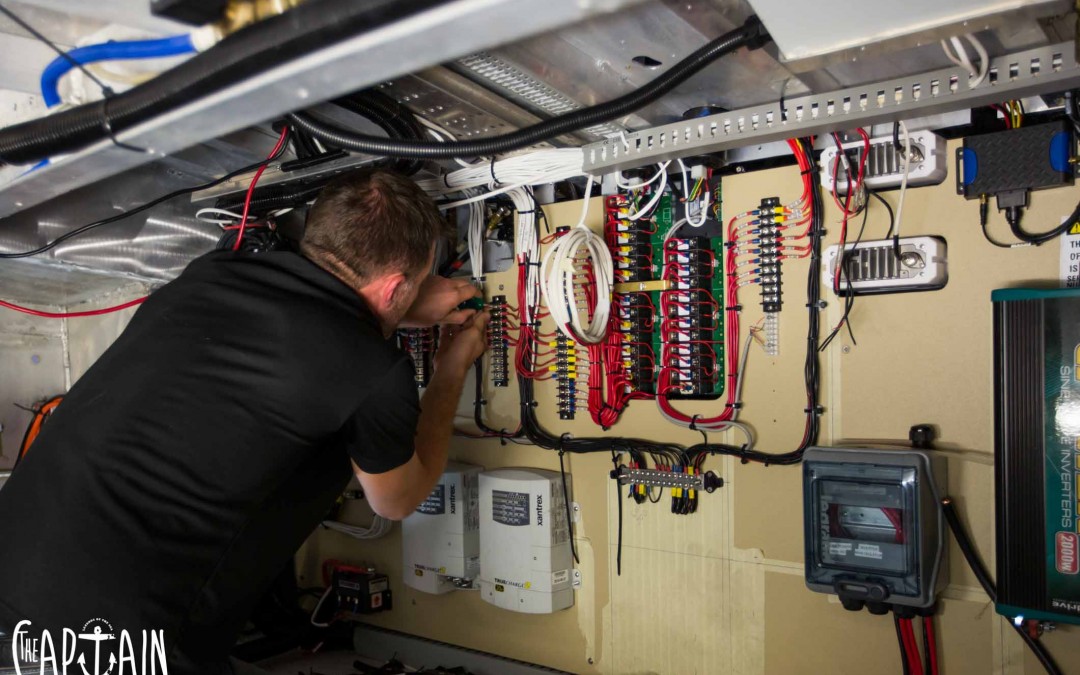
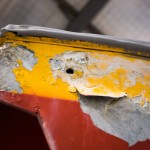
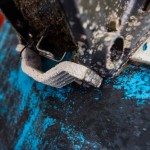
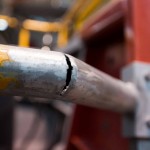
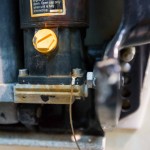
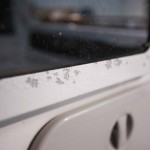
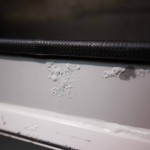
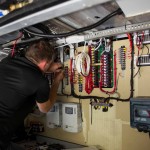

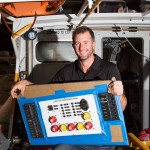
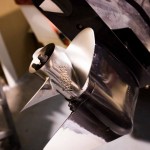
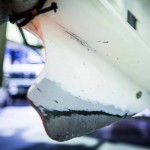
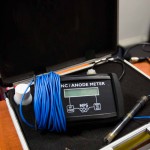
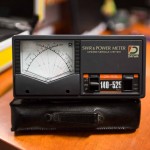
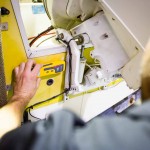
Recent Comments